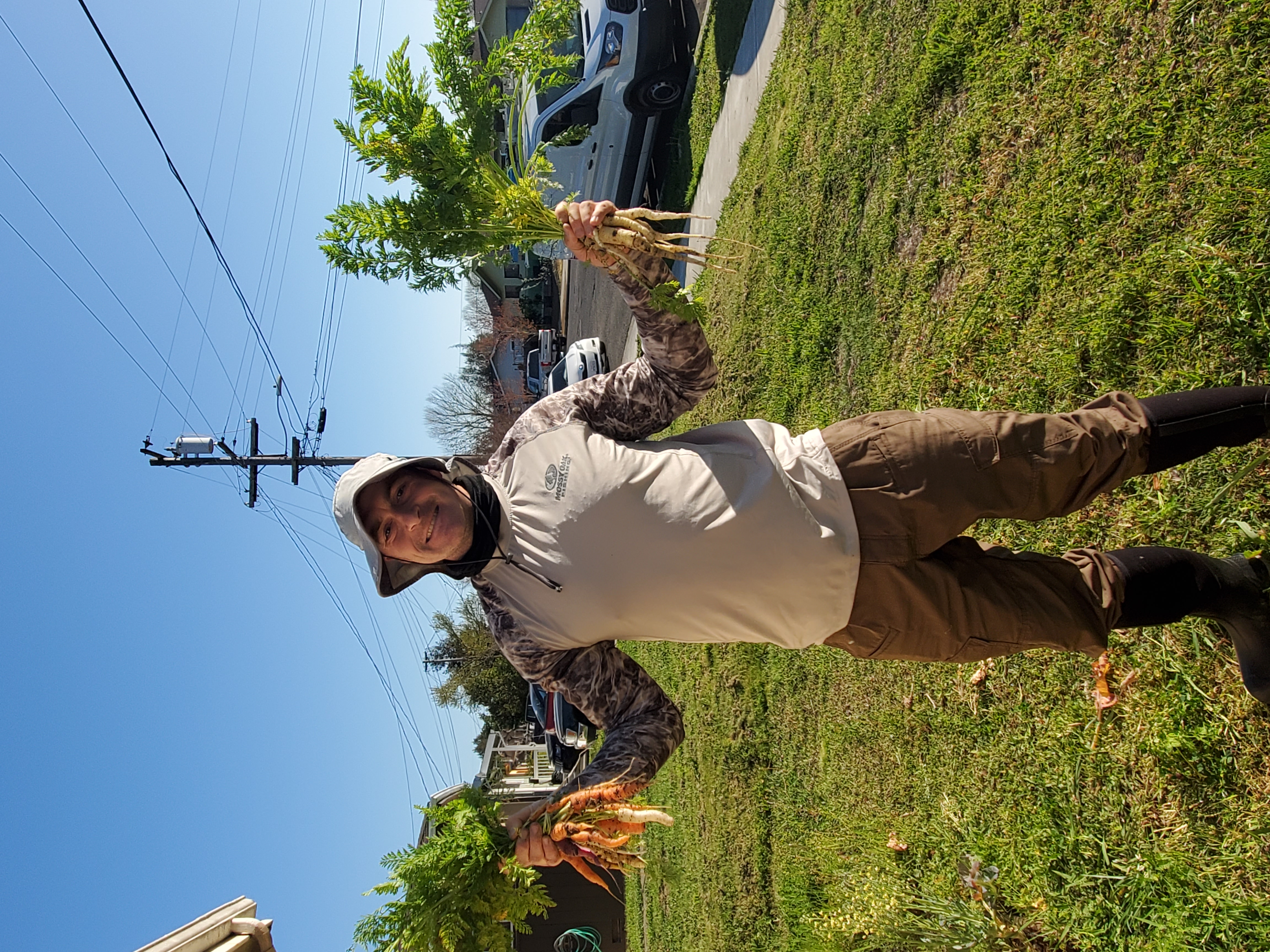“Warm-up, proceed to strength training, and then venture to the cardio equipment. Finish up by performing a brief bout of regeneration and restorative working.” During my first days of working at a large local gym, we handed out forms to new gym members containing these instructions as a welcome gift. Each member received two complimentary personal training sessions to show them the ropes around the gym and offer an introductory program designed by a fitness professional to jump-start their journey to success and give them a sense of direction on the gym floor. Intimidation, uncertainty, and over social anxiety of how to motivate oneself when diving into a new gym setting can be overwhelming.
The blueprint of this program laid out an efficient and safe routine for rookie gym participants. The warmup routine was a five-to-ten-minute bout of submaximal exercise on a stationary bike, treadmill, or elliptical. The strength training portion was a series of resistance training movements on weight machines including the leg press, chest press, and lat pull down machines. The cardio routine included ten to twenty minutes of prolonged exercise on the one of the many cardio machines located on the upper level. Exercising at a six-to-seven rating of maximal perceived exertion scale out of ten, where the maximal age predicated heart rate was meant to elevate the heart’s beats per minute to sixty-five percent maximal capacity. The session was concluded with three brief stretches in which the exercise participant held a stretch for thirty seconds. For someone just entering a gym setting for the first time, this was as profoundly successful program to orient a gym newbie to feel comfortable in the boisterous gym setting.
As much as I support local gyms, they are not the only place to acquire functional fitness adaptations to support the longevity of our lives. Many fitness components come in packages offered in physical activity through our hobbies and physical activities we perform around our homes. What if we applied the introductory standard operating procedure that was included in the gym introductory orientations, I offered years ago to new gym participants as a similar mechanism of fitness in our home settings? Let’s use the same format used to introduce first-time gym members and apply it to an hour’s worth of one of my favorite hobbies: gardening.
Please allow me to give you a brief orientation on how to use a gardening session as an efficient and effective fitness routine that is equal to, if not more effective, a trip to the local gym. Get your overly exaggerated safari hat with neck protector attachment, UV sun protection long sleeve shirt, thick yet mobile gloves, Carhart pants, and trusty shin height boots ready to put on the same way you would prepare to put your gym clothes on before making the trek to the gym. The warmup routine consists of the ear to shoulder neck stretches, arm crosses, and circles, hula hoop hip stretches, leg swings, and knee circles. Performing five to ten repetitions of each movement shouldn’t take any longer than three to five minutes. Now that your muscles and joints are loosened up, the heart rate is increased a little bit, and you’ve stimulated your nervous system sufficiently enough to resemble a brief smack in the cheeks to wake you up from a mid-day nap. Grab your favorite gardening shovel and prepare to squat, lunge, pivot, scoop, pull, and lift.
Weeds need to be pulled? Assume a split stance as if leading off of first base getting ready to steal a base after a pitch, reach down, grasp the weed with a vice-like grip, and pull the dreaded beast out of its existence from your beloved soil. By performing this act of weed obliteration, you are utilizing the muscles of the lower extremities while implementing balance and proprioception movements. Perhaps some culprit leaves have fallen from your walnut tree. Time to show them who is boss with your elite raking skills. Grasp the hilt and rake with two hands and prepare yourself in the universal athletic position. Knees are bent, weight shifted to the balls of the feet, and eyes are positioned forward. Perform ten to twenty repetitions of pulling the leaves toward you. The act of raking and using muscles responsible for compound upper body pulling movements activates similar muscle groups that are targeted using the weight training equipment at gyms. Conclude this task by squatting down with the same impressive posture and technique you would use when performing a kettlebell goblet squat at the gym. Keeping the heels flat on the ground, bending at the knees and hips, and maintaining a rigid spine, pick the leaves up, and skillfully toss them in the compost bin. Picking up these leaves and putting them in their final resting place of the compost bin emulates the same squatting movements we teach our beginning personal training clients.
Before you know it, a bout of three gardening techniques led by a simple warm-up has prompted a strenuous bout of physical activity very similar to an exercise session at the gym. The scheduling structure involved in an introductory session to a gym is very helpful to guide new exercises participants to a successful experience at the gym. However, let’s not forget that we can apply this same structure of warming up our muscles and completing a task at home to support our fitness efforts.
Sean McCawley, the founder and owner of Napa Tenacious Fitness in Napa, CA, welcomes questions and comments. Reach him at 707-287-2727, napatenacious@gmail.com or visit the website napatenaciousfitness.com.

